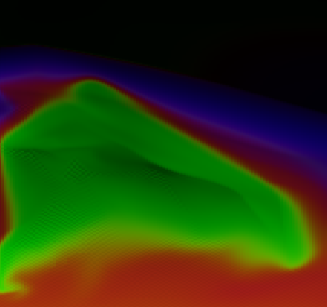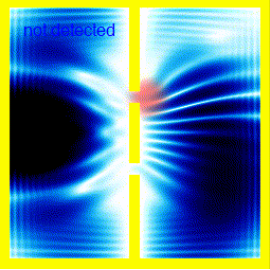This simulates a 1km x 1km square of the ring, in rotating coordinates. If particles go off the left / right / top / bottom, they appear on the right / left / bottom / top, with offset velocities to mimic the change in frame. I've put friction in between particles in contact with each other, but not gravity. I think the accuracy of the simulation would depend on getting particle-particle interactions exactly right, and that'll be the limiting factor in this simulation.
But it's certainly fun to play with, and the top-level accuracy is there: the rotating frame, the orbital speed, the rotation of saturn, the tidal forces from saturn. The particle number density is roughly right, if you make heavy approximations about the shape of the particle. I'm open to criticism, especially from people actually simulating this. Paper recommendations will get added to the page.The simulation itself is running at 500x normal speed: Six seconds in the simulation would be one hour in real time.
Keys: a,s,d,w,q,z are acceleration. Mouse for rotation.Other Articles:
AtmosphereA simple demo of a simulation of an atmosphere. It looks quite cool, but there's not a lot you can do with it yet, and the physics isn't yet all that accurate. |

|

|
The double slit and observersA look at the double slit experiment. The first half is meant to be a clear explanation, using simulations. The second half discusses some of the philosophy / interpretations of quantum mecahnics. |
Mars Re-EntryA ThreeJS simulation of Mars re-entry in a spaceship. |

|
© Hugo2015. Session @sessionNumber